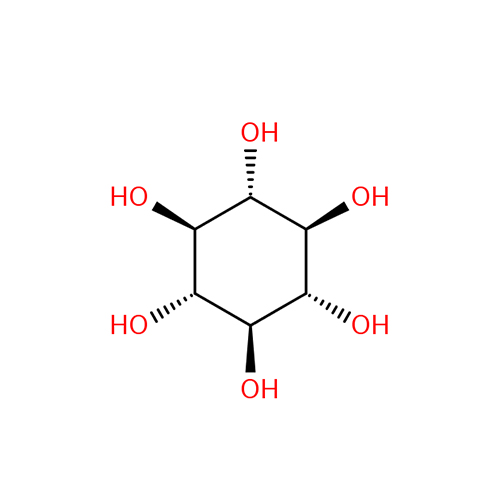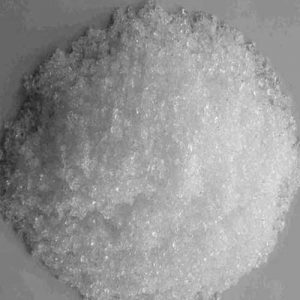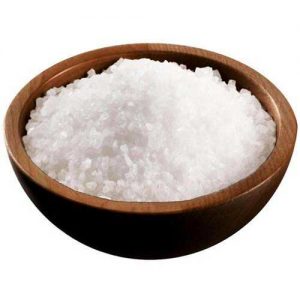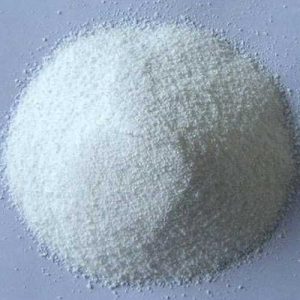- Have any questions?
- 91-22-23726950
- 91-22-23774610

Iodoform
May 10, 2019
Isatoic & Derivatives
May 10, 2019Inositol
Muby Chemicals established in the year 1976, is pioneer in Manufacturing Chemicals for Oil and Gas Exploration, Hydraulic Fracturing (Fracking) and coiled tube Chemicals.Our advanced chemistry leading to an innovative and high-performance product range is coupled with effective on and off site management services.
We are manufacturer of Specialty chemicals, Pharmaceutical Excipients, Fragrance & Flavorchemicals in India, which are of IP, BP, USP, Ph. Eur., FCC or Food Grade, ACS, AR or Analytical Reagent Grade, LR or Laboratory Reagent Grade, Pure and Technical Grades of various chemicals.
Inositol or cyclohexane-1,2,3,4,5,6-hexol is a chemical compound with formula C6H12O6 or (-CHOH-)6, a six-fold alcohol (polyol) of cyclohexane. Inositol is a sugar alcohol. Its taste has been assayed at half the sweetness of table sugar. Inositol is a vitamin-like substance. It is found in many plants and animals. It can also be made in a laboratory. Inositol usually refers to Myo-inositol, a small molecule structurally similar to glucose that is involved in cellular signalling. It appears to be an effective anxiolytic at higher doses, and is quite effective in treating insulin resistance and PCOS with standard doses. Inositol is a mood-enhancing nutrient that doesn’t get the attention it deserves. At one time it was known as vitamin B8 and considered part of the family of B complex vitamins. But once it was discovered that the body could make its own inositol, it was no longer considered a true vitamin. Now it’s a pseudovitamin, a neglected stepchild of the vitamin B complex. But that doesn’t mean that inositol is without merit. Inositol is available as a natural supplement that’s very effective at treating a wide range of mental health conditions, in some cases even better than the usually prescribed medications.
Inositol is used for diabetic nerve pain, panic disorder, high cholesterol, insomnia, cancer, depression, schizophrenia, Alzheimer’s disease, attention deficit-hyperactivity disorder (ADHD), autism, promoting hair growth, a skin disorder called psoriasis, and treating side effects of medical treatment with lithium. Inositol is also used by mouth for treating conditions associated with polycystic ovary syndrome, including failure to ovulate; high blood pressure; high triglycerides; and high levels of testosterone.
myo-Inositol BP Grade
Ph Eur
C6H12O6 — 180.2 — 87-89-8
Action and use: Vasodilator.
DEFINITION
Cyclohexane-1,2,3,5/4,6-hexol.
Content: 97.0 per cent to 102.0 per cent (anhydrous substance).
CHARACTERS
Appearance: White or almost white, crystalline powder.
Solubility: Very soluble in water, practically insoluble in ethanol (96 per cent).
IDENTIFICATION
A. Infrared absorption spectrophotometry. Comparison myo-inositol CRS.
B. Examine the chromatograms obtained in the assay.
Results: The principal peak in the chromatogram obtained with the test solution is similar in retention time and size to the principal peak in the chromatogram obtained with reference solution (a).
TESTS
Solution S: Dissolve 10.0 g in distilled water R and dilute to 100.0 mL with the same solvent.
Appearance of solution: Solution S is clear and colourless.
Conductivity: Maximum 30 µS/cm.
Dissolve 10.0 g in carbon dioxide-free water R prepared from distilled water R, with gentle warming if necessary, and dilute to 50.0 mL with the same solvent. Measure the conductivity of the solution while gently stirring with a magnetic stirrer.
Related substances: Liquid chromatography. To pass the test.
Barium: To 10 mL of solution S add 1 mL of dilute sulfuric acid R. When examined immediately, and after 1 h, any opalescence in the solution is not more intense than that in a mixture of 1 mL of distilled water R and 10 mL of solution S.
Lead: Maximum 0.5 ppm.
Water: Maximum 0.5 per cent, determined on 1.00 g.
ASSAY
Liquid chromatography: Calculate the percentage content of C6H12O6 from the declared content of myo- inositol CRS.
IMPURITIES
Specified impurities: A, B.
A. d-mannitol
B. propane-1,2,3-triol (glycerol).
Inositol FCC food grade
1,2,3,5/4,6-Cyclohexanehexol; i-Inositol; meso-Inositol; myo-Inositol
C6H12O6 Formula wt 180.16
CAS: [87-89-8]
DESCRIPTION
Inositol occurs as fine, white crystals or as a white, crystalline powder. Its solutions are neutral to litmus. It is optically inactive. It is stable in air. One gram is soluble in 6 mL of water. It is slightly soluble in alcohol, and is insoluble in ether and in chloroform.
Function: Nutrient.
REQUIREMENTS
Identification:
A. Add 6 mL of nitric acid to 1 mL of a 1:50 aqueous solution in a porcelain evaporating dish, and evaporate to dryness on a water bath. Dissolve the residue in 1 mL of water, add 0.5 mL of a 1:10 aqueous solution of strontium acetate, and again evaporate to dryness on a steam bath. A violet color appears.
B. The inositol hexaacetate obtained in the Assay melts between 212° and 216°..
Assay Not less than 97.0% of C6H12O6 after drying.
Calcium: Passes test. Add 1 mL of ammonium oxalate TS to 10 mL of a 1:10 aqueous solution of sample. The solution remains clear for at least 1 min.
Chloride: Not more than 0.005%.
Lead: Not more than 4 mg/kg.
Loss on Drying: Not more than 0.5%.
Melting Range: Between 224° and 227°.
Residue on Ignition: Not more than 0.1%.
Sulfate: Not more than 0.006%.
For Original Monographs of IP Indian Pharmacopoeia BP British Pharmacopoeia USP US Pharmacopoeia FCC Food Grade product, please check with the respective web-pages or books.




